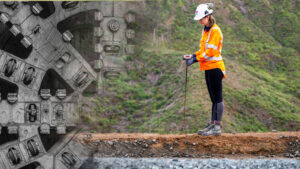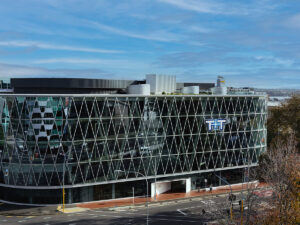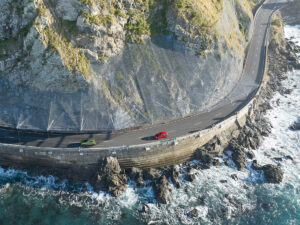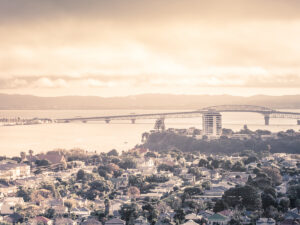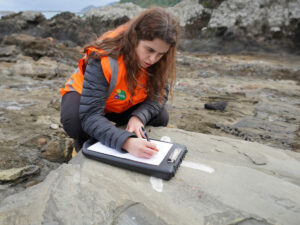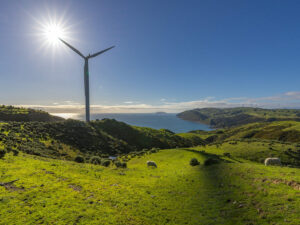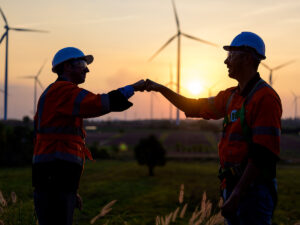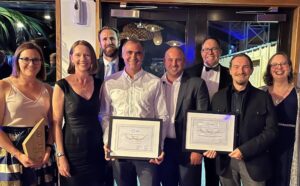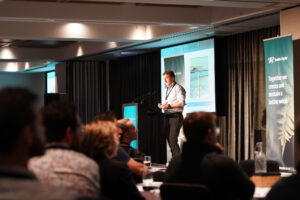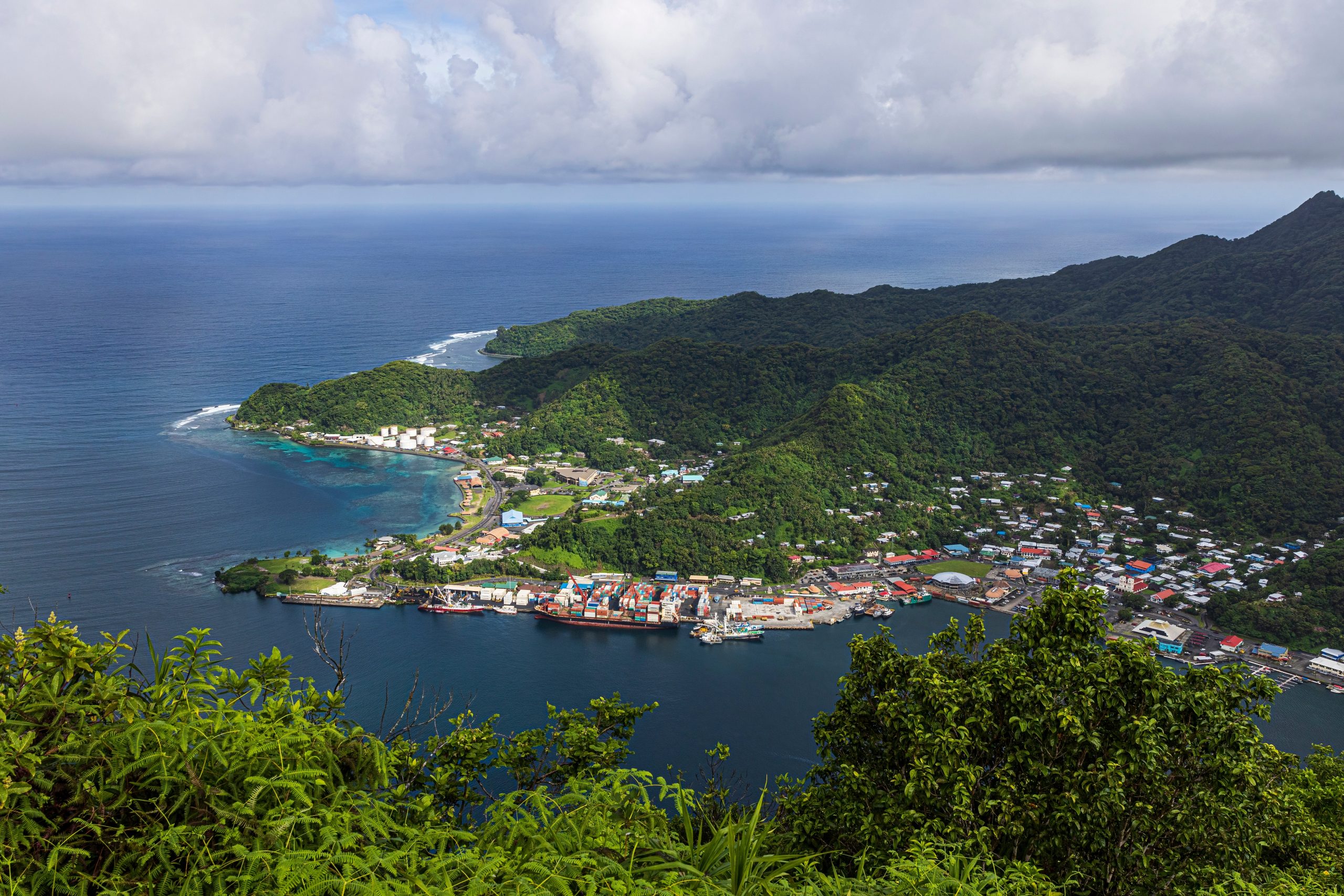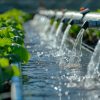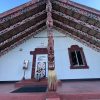The East Coast Road is a vital transport link in Samoa’s Coastal Road Network, connecting the capital of Apia to Falefa on the eastern coast of Upolu. However, the 14-kilometre stretch has long been subject to frequent rockfalls and landslides, driven by its steep and geologically unstable terrain. These events pose a serious risk to public safety and obstruct stormwater drainage systems, leading to road closures and increased flood risk.
In response, the Government of Samoa initiated the Samoa Resilient Transport Project (SRTP) through funding and support from the World Bank. This national initiative aims to strengthen and adapt Samoa’s road network to natural hazards and the growing impact of climate change.
As part of this initiative, the Samoa Land Transport Authority (LTA) engaged Tonkin + Taylor, in partnership with Kramer Ausenco, to identify and mitigate landslip and rockfall risks along the East Coast Road. Tonkin + Taylor took a multi-disciplinary approach, bringing together expertise in water, civil, geotechnical, and digital engineering, supported by detailed CAD inputs and technical drawings.
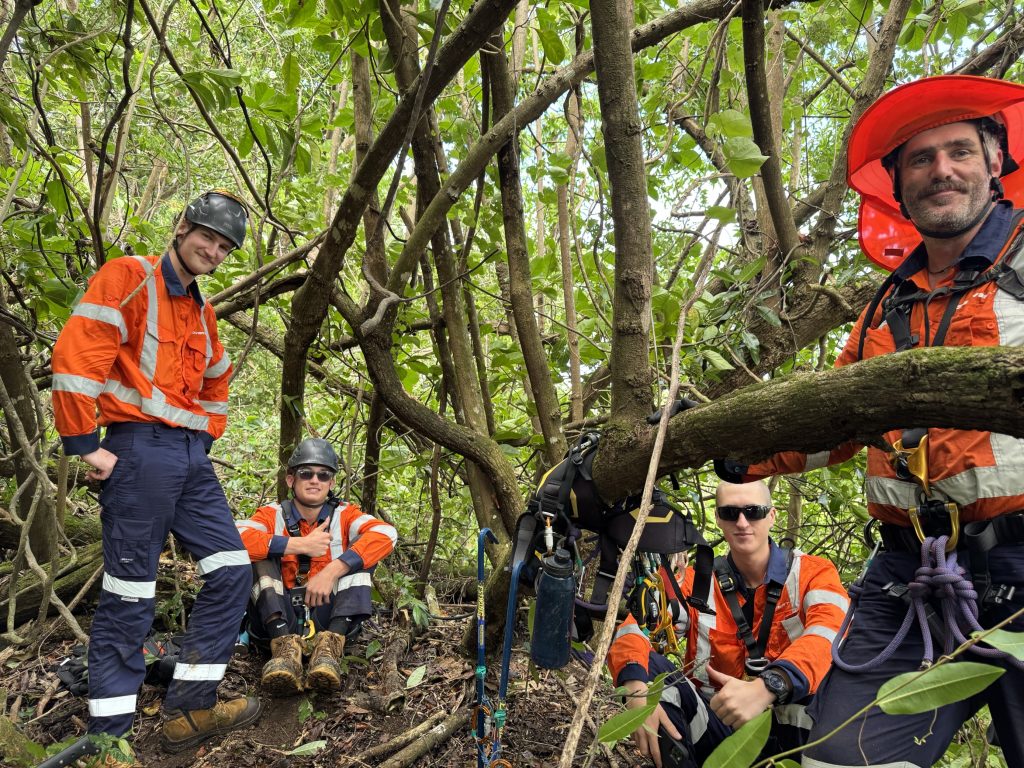
Stage one focused on hazard risk assessments and specialist rockfall modelling. The subsequent detailed design incorporated, geotechnical site investigations, slope mapping to verify and assess the rockfall sources, and completion of a comprehensive detailed design package to improve the overall resilience of Samoa’s Coastal Road Network.
Stage two will involve the construction of the designed works by local contractors, who have recently tendered for this stage of the project.
Swift Action on Slope Safety: Responding to Recent Rockfall Events
The most recent work has included Tonkin + Taylor’s engagement in the emergency rock slope scaling works, providing oversight and advice on behalf of the LTA. Geovert Limited (New Zealand), who specialise in rope access and rock scaling, undertook the specialist works. These emergency works have been initiated in response to recent rockfall events, resulting from high rainfall, which pose a significant safety risk to the Stage two construction teams responsible for excavating the catch ditches and installing rockfall protection fences starting around mid-2025.
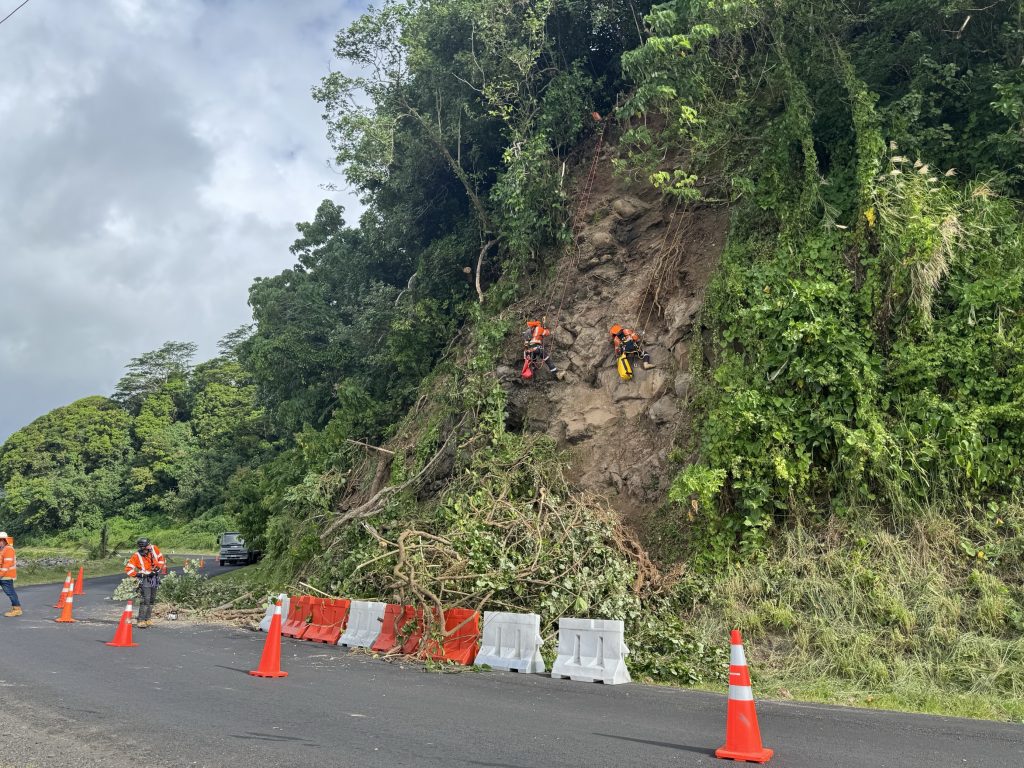
The project presents a significant opportunity to reduce hazards posed by rockfalls and improve stormwater management. Enhanced drainage design and boulder catch pits help manage increasingly severe rainfall and coastal surges, both exacerbated by climate change. The upgraded drainage works also incorporate capacity to allow for coastal overtopping – forecast to increase due to climate change impacts. These improvements will help ensure the safety, reliability, and resilience of this critical transport route for the people of Samoa under the increasing effects of climate change impacting this island nation in the Pacific.



